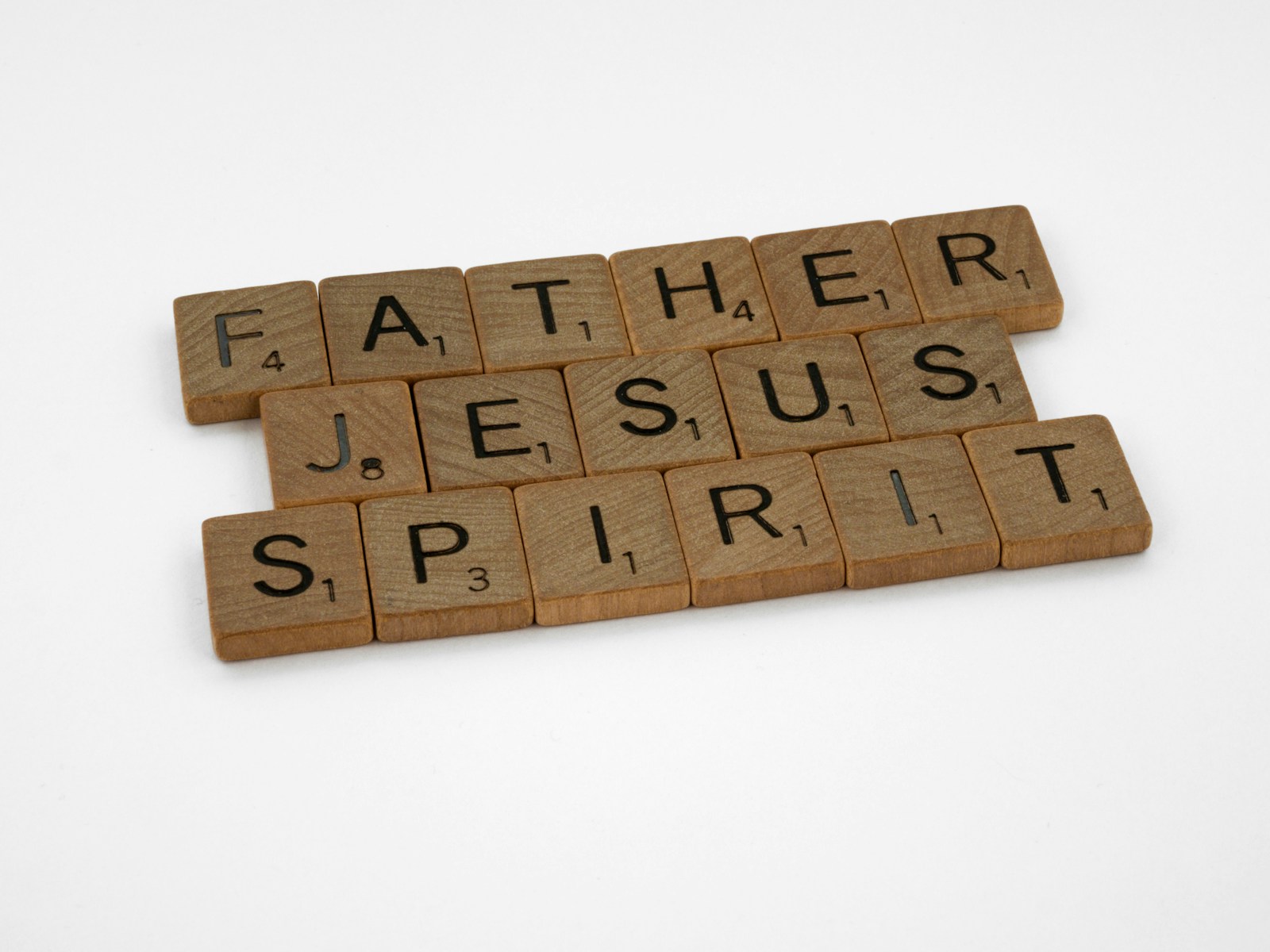If you’ve been to Mass, you’ve definitely recited at least one of these creeds. But have you ever wondered about their origins and why we have two different ones? Let’s dive into the story behind these foundational statements of our faith.
The Apostles’ Creed: The Original Catholic “Elevator Pitch”
The Apostles’ Creed is like the original Catholic “elevator pitch” – a quick, clear summary of what we believe. While tradition once claimed each apostle contributed a line (wouldn’t that be cool?), we now know it developed gradually in the early church, taking shape around 140 AD in Rome.
Think of it as the early Church’s version of a teaching tool. New converts would learn this creed before their baptism – it was their way of saying “Yes, this is what I believe.” Its simple, straightforward style made it perfect for teaching and personal prayer.
Today, you’ll hear the Apostles’ Creed:
- During the Rosary
- At baptisms
- Sometimes during Sunday Mass (especially during Lent and Easter)
- In many personal prayers and devotions
The Nicene Creed: When the Church Needed to Get Specific
The Nicene Creed has a different origin story. In 325 AD, the Church faced some serious debates about Jesus’ divinity. Emperor Constantine called a meeting of bishops in Nicaea (modern-day Turkey) to sort things out. Think of it as the ultimate theological clarification session.
This creed goes into more detail about Jesus’ divine nature and his relationship with God the Father. It’s longer and more theological than the Apostles’ Creed because it needed to address specific controversies and heresies of the time.
You’ll typically hear the Nicene Creed:
- During Sunday Mass and major feast days
- At solemn celebrations
- During important Church gatherings
Why Do We Have Both?
Both creeds express the same core beliefs, just with different emphasis and detail. The Apostles’ Creed is like the executive summary, while the Nicene Creed is the full report. Having both allows the Church to use what’s most appropriate for different situations.
Living the Creeds Today
These aren’t just ancient texts – they’re living expressions of faith that connect us to Christians across two millennia. When you recite either creed, you’re joining your voice with countless believers who’ve spoken these same words throughout history.
Some tips for making the creeds more meaningful in your faith life:
- Try praying the Apostles’ Creed slowly as a personal meditation
- Pay attention to the words during Mass – each phrase carries deep meaning
- Use the creeds as a framework for learning more about your faith
- Remember that these words connect you to the universal Church, past and present
What Makes Them Different?
The main difference you’ll notice is that the Nicene Creed spends more time explaining Jesus’ divine nature (“God from God, Light from Light, true God from true God, begotten, not made, consubstantial with the Father”). This wasn’t just theological hair-splitting – it was crucial for establishing what Christians believe about Jesus.
The Bottom Line
Whether you’re praying the shorter Apostles’ Creed during your Rosary or proclaiming the Nicene Creed at Mass, you’re participating in something profound: the continuous proclamation of faith that has shaped Christianity for nearly 2,000 years. These creeds aren’t just words we memorize – they’re the foundation of what we believe and a connection to the entire communion of saints.
Remember, when you’re reciting either creed, you’re not just stating facts – you’re joining in a declaration of faith that has echoed through churches, homes, and hearts for generations. That’s pretty amazing when you think about it!
The Nicene Creed
I believe in one God,
the Father almighty,
maker of heaven and earth, of all things visible and invisible.
I believe in one Lord Jesus Christ, the Only Begotten Son of God, born of the Father before all ages. God from God, Light from Light, true God from true God, begotten, not made, consubstantial with the Father; through him all things were made. For us men and for our salvation he came down from heaven, and by the Holy Spirit was incarnate of the Virgin Mary, and became man. For our sake he was crucified under Pontius Pilate, he suffered death and was buried, and rose again on the third day in accordance with the Scriptures. He ascended into heaven and is seated at the right hand of the Father. He will come again in glory to judge the living and the dead and his kingdom will have no end.
I believe in the Holy Spirit, the Lord, the giver of life, who proceeds from the Father and the Son, who with the Father and the Son is adored and glorified, who has spoken through the prophets.
I believe in one, holy, catholic and apostolic Church. I confess one Baptism for the forgiveness of sins and I look forward to the resurrection of the dead and the life of the world to come. Amen.
The Apostles Creed
I believe in God,
the Father almighty,
Creator of heaven and earth,
and in Jesus Christ, his only Son, our Lord,
who was conceived by the Holy Spirit,
born of the Virgin Mary,
suffered under Pontius Pilate,
was crucified, died and was buried;
he descended into hell;
on the third day he rose again from the dead;
he ascended into heaven,
and is seated at the right hand of God the Father almighty;
from there he will come to judge the living and the dead.
I believe in the Holy Spirit,
the holy catholic Church,
the communion of saints,
the forgiveness of sins,
the resurrection of the body,
and life everlasting.
Amen.


